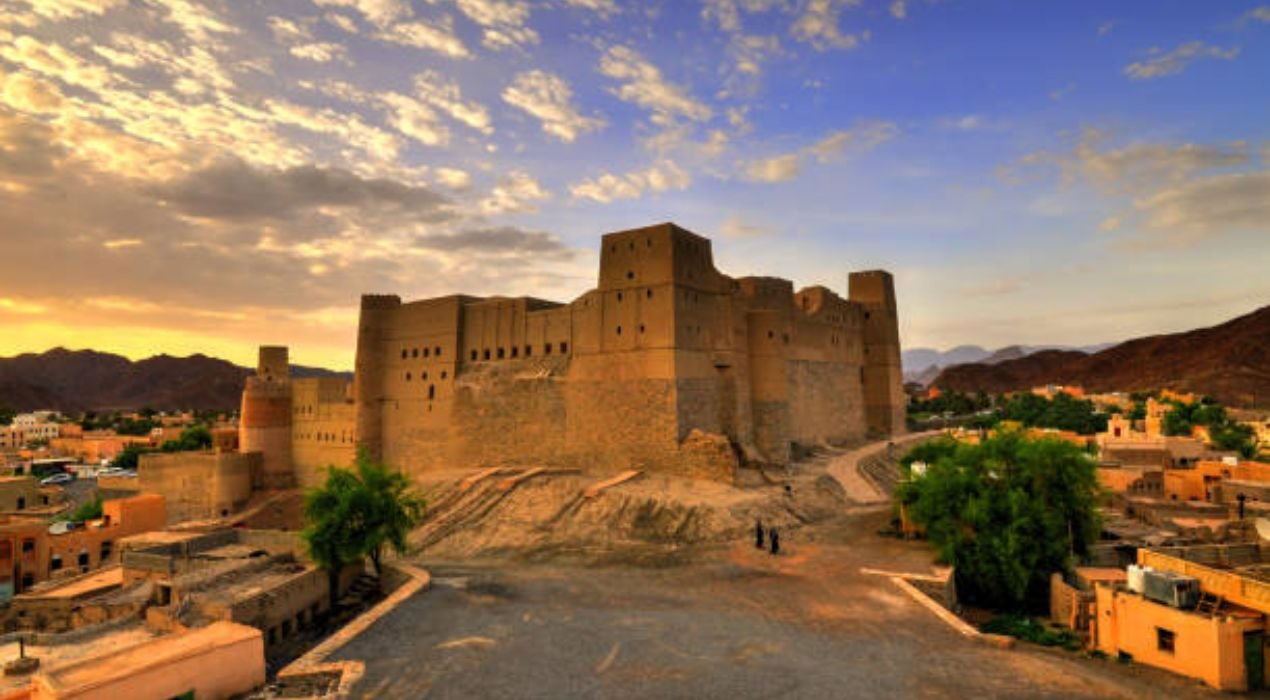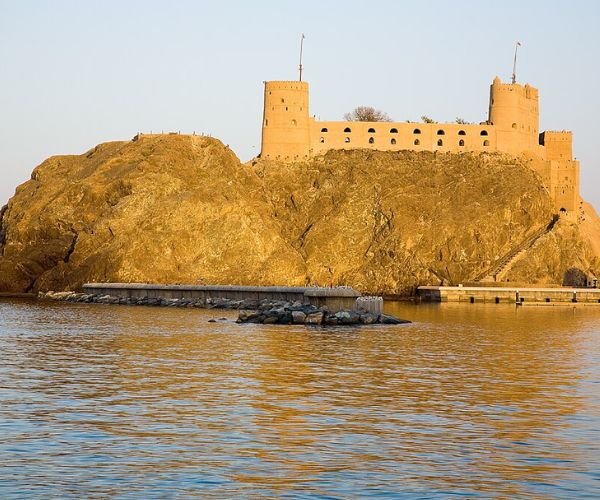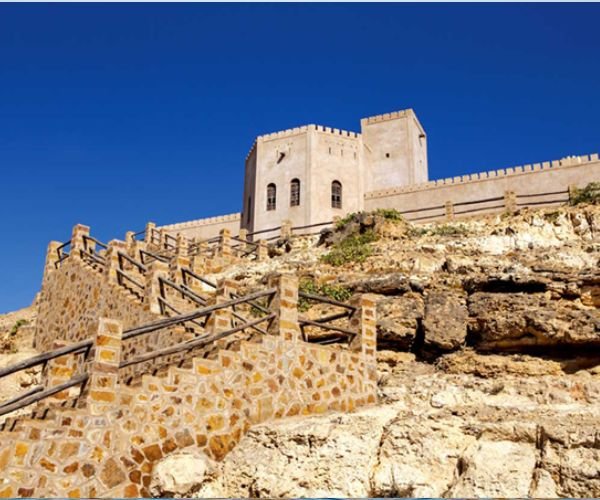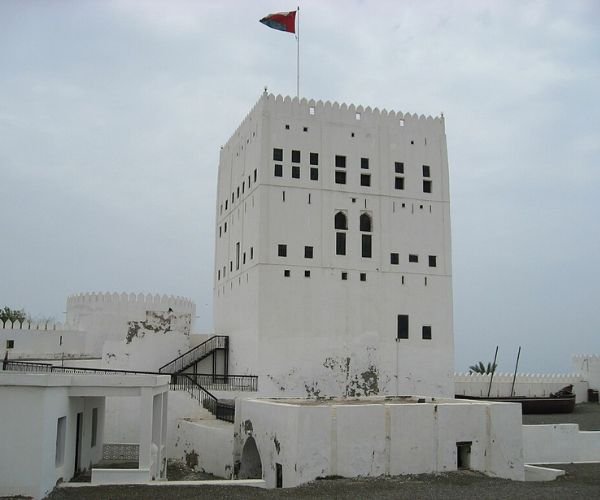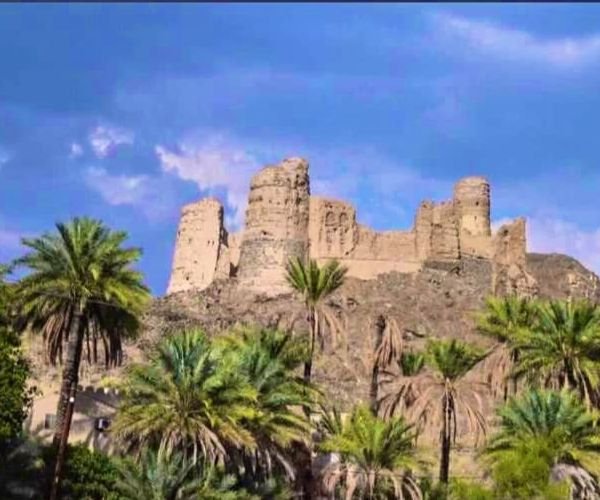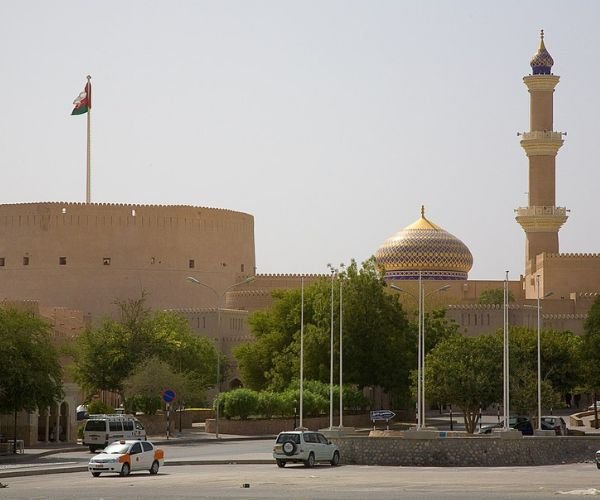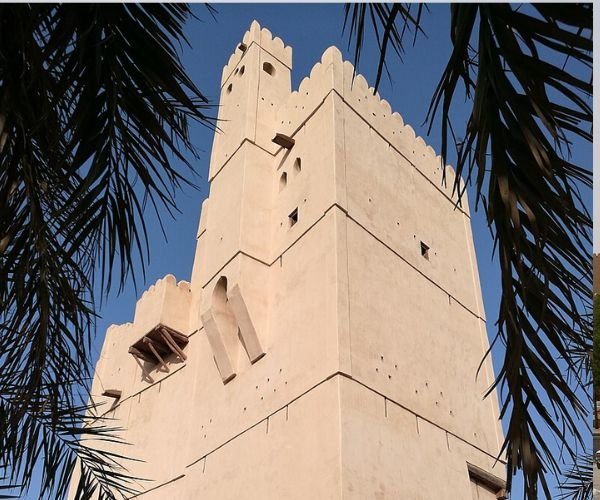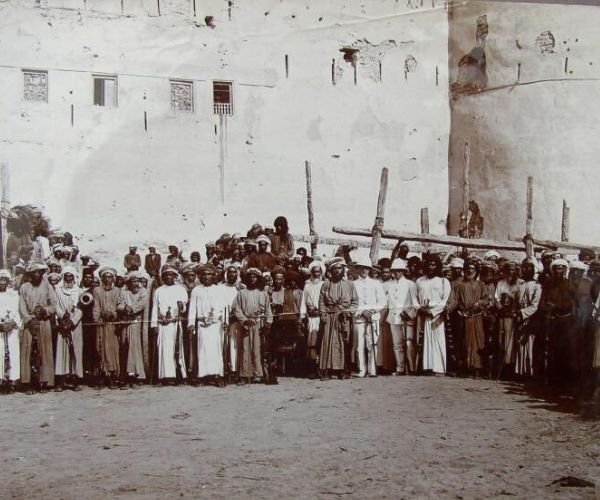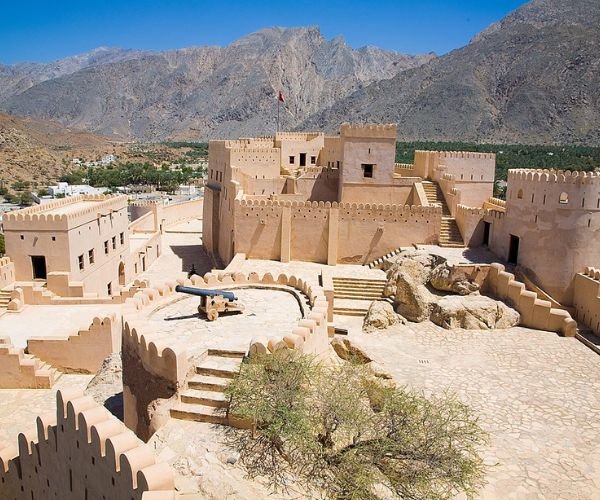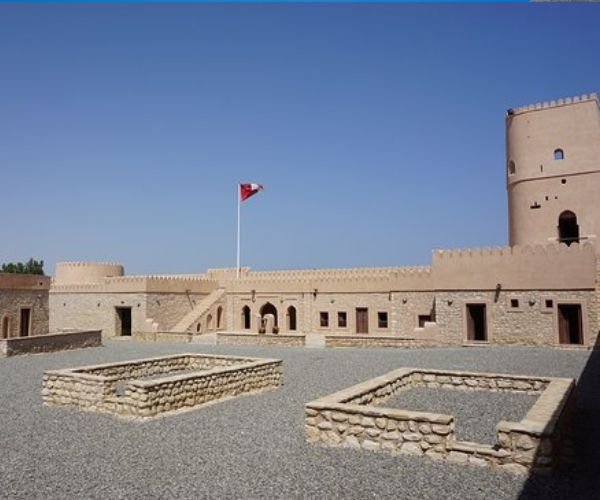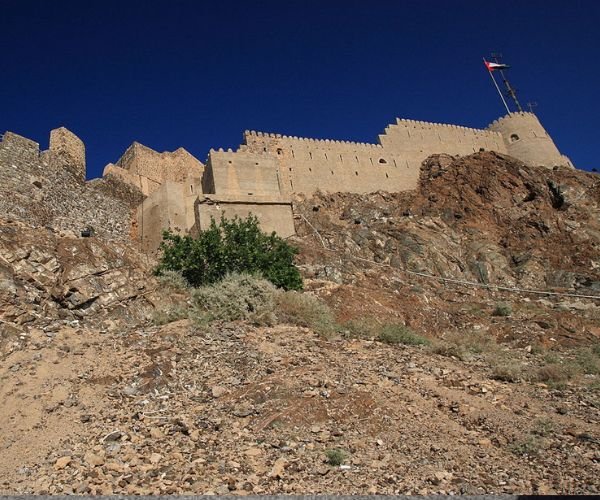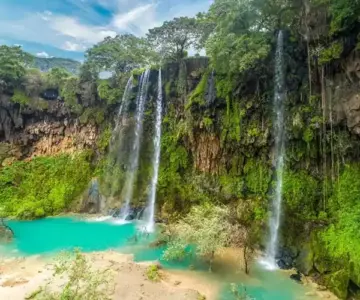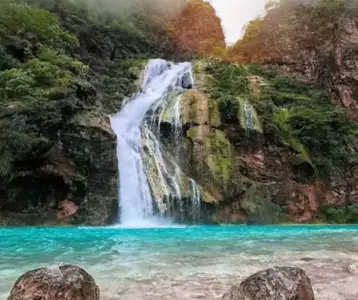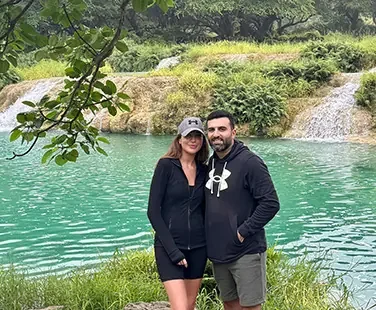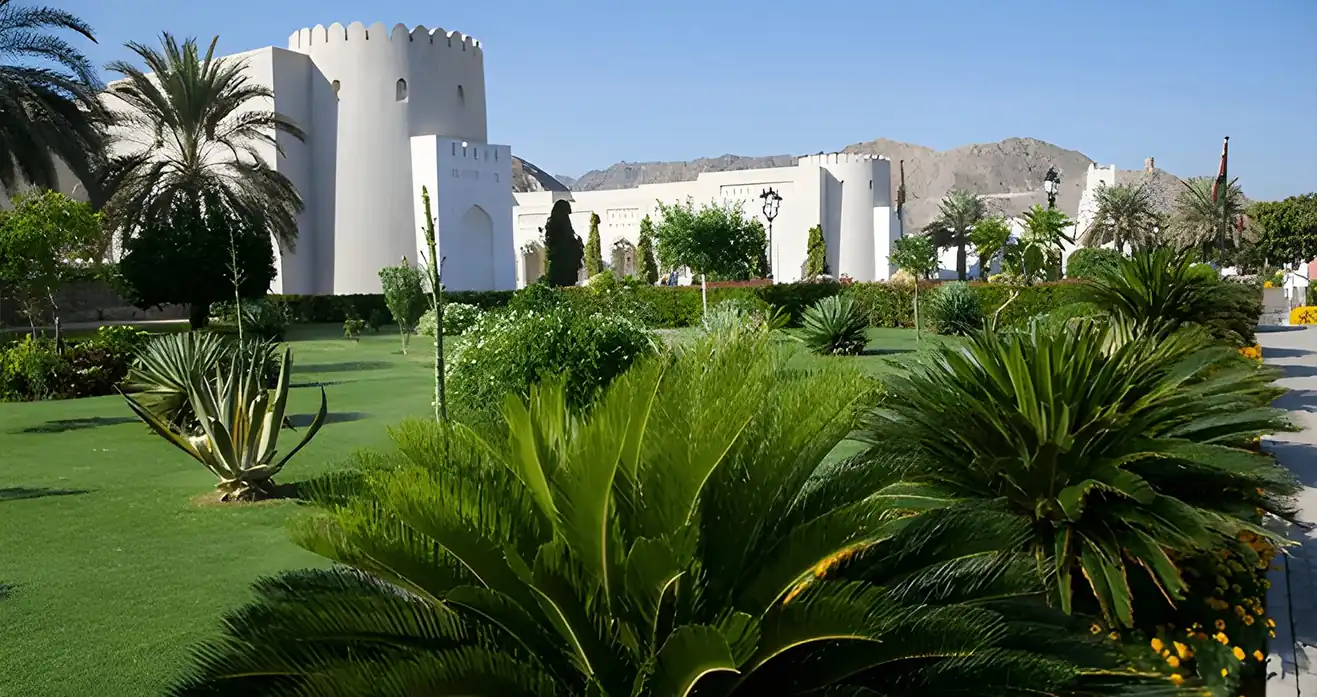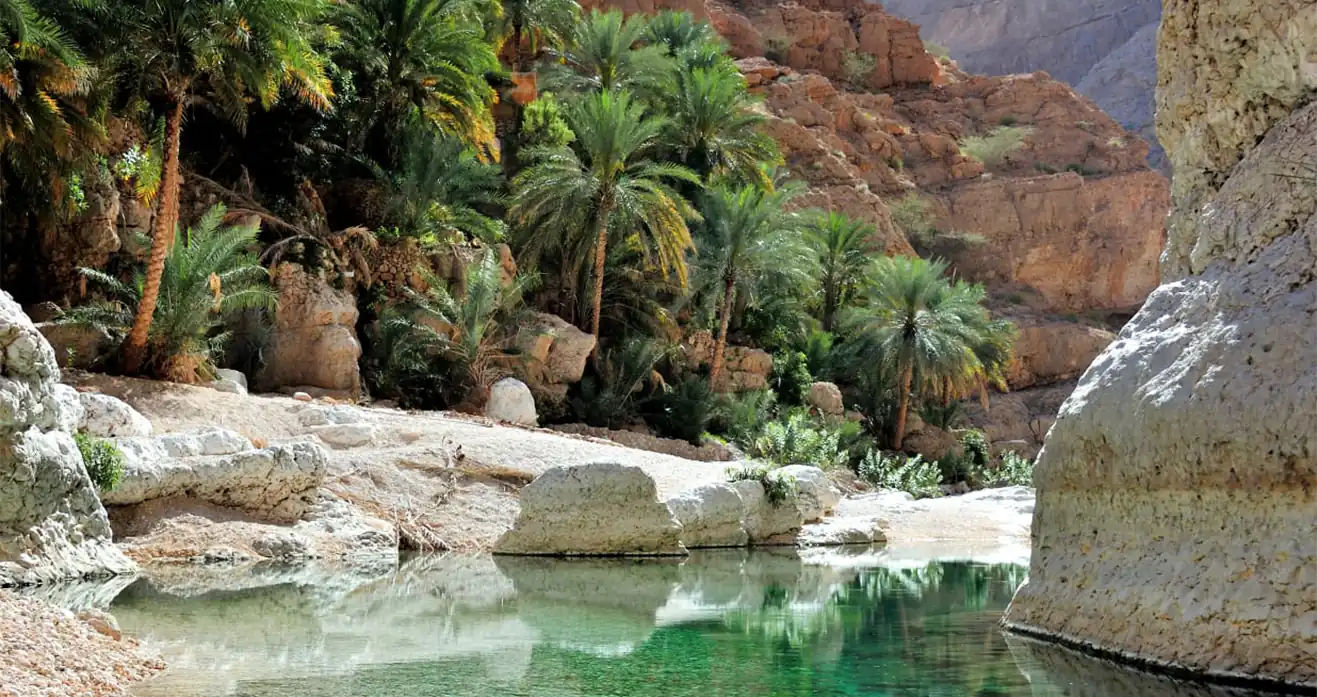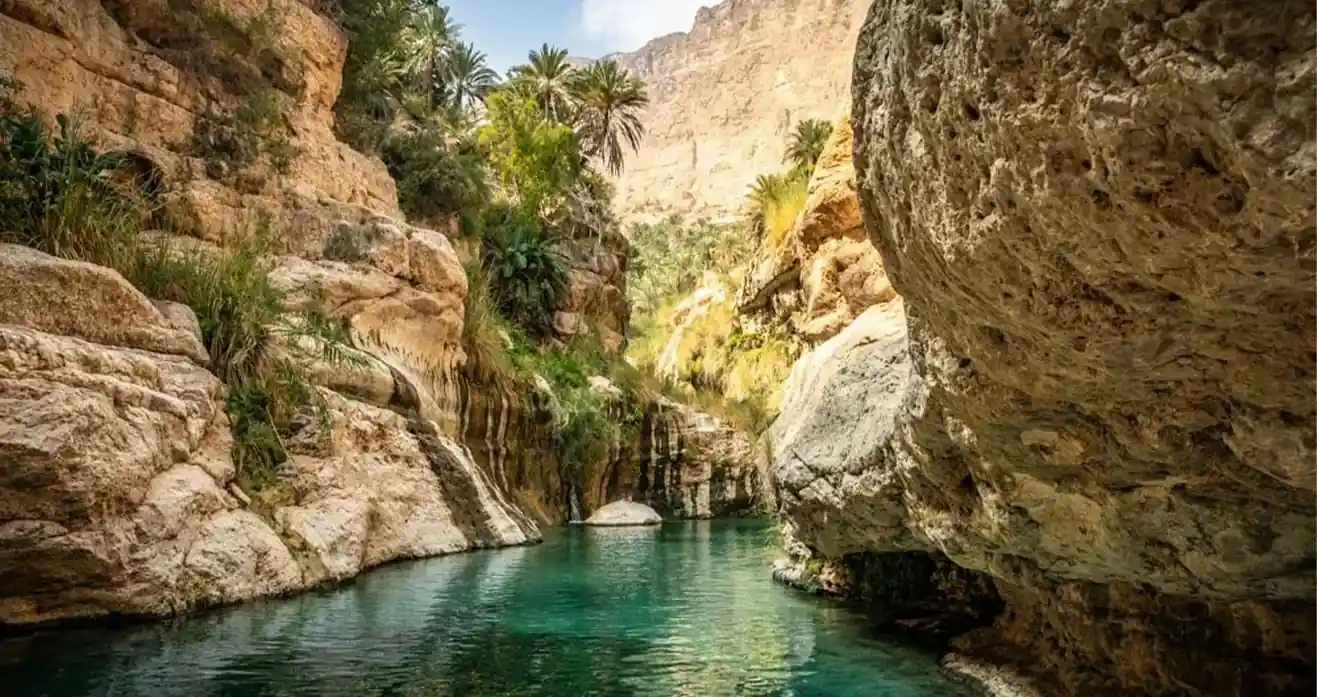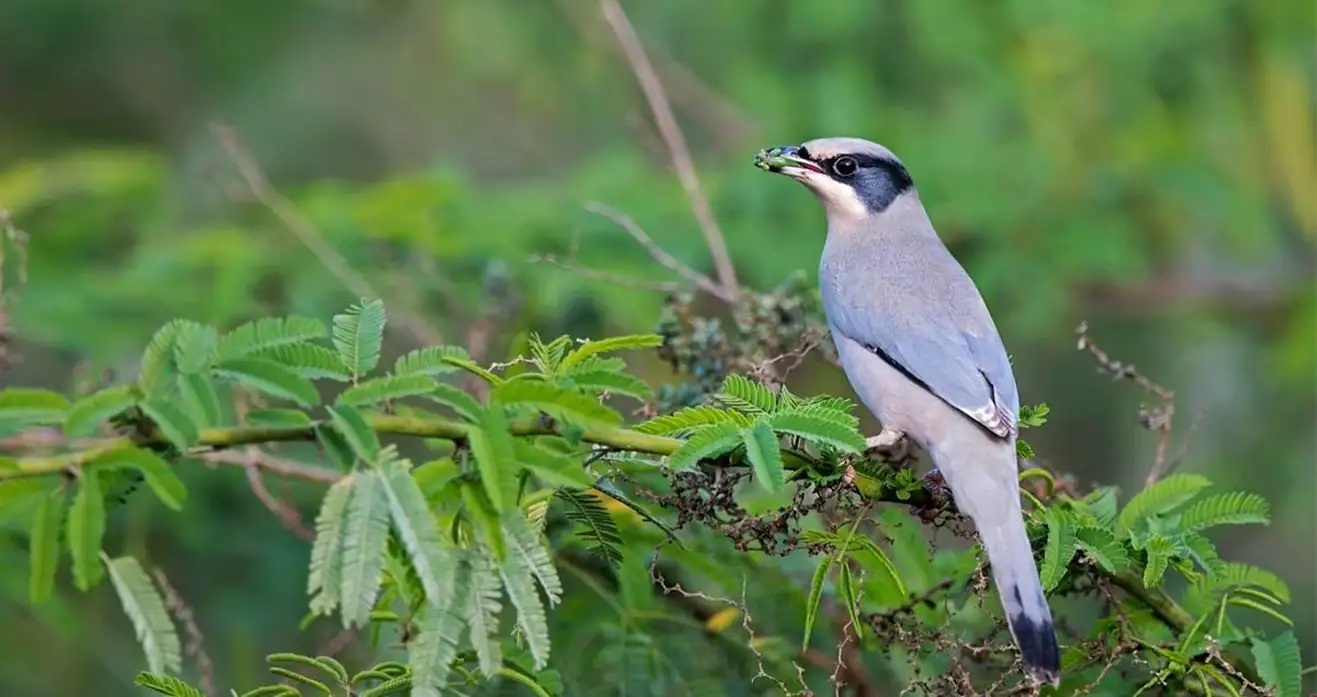Information about Oman Castles and Forts
Exploring the captivating castles and forts in Muscat is an intriguing journey to discover its rich history and cultural beauty. Oman’s castles are among the most important historical landmarks in the Sultanate, embodying the history and culture of this ancient country with their strength and architectural beauty. Here, we will highlight the most prominent and best castles in Oman worth visiting, which preserve a rich history and unique architectural beauty. To discover these historical sites and explore their charm, you can rely on Salalah Safari Tours, a tourism company that offers tailored packages for visiting the most beautiful castles and forts in Oman, allowing visitors to explore Omani history and culture with comfort and luxury.Best Castles in Oman:
Oman is distinguished by its rich and abundant history, thus it is replete with many historical landmarks, especially castles and forts. Here are some of those magnificent structures:Jalali Castle
Taqah Castle
Sohar Castle
Hisn Al Aswad (Black Fort)
Nizwa Castle
Fiqain Castle
Barka Fort
Nakhal Castle
Nakhal Castle, also known as Husn Al Heem, is considered one of Oman’s best castles and one of the most prominent historical and archaeological landmarks in the Sultanate. It is located at the entrance of Nakhal Wilayat in Wadi Al Raqim, South Al Batinah Governorate, and derives its name from the wilayat itself.
The castle is distinguished by its location amidst palm orchards, as it is a fortified building that rises above a rocky outcrop reaching a height of 200 feet at the base of Nakhal Mountain in the foothills of the Western Hajar Mountains, northeast of the Green Mountain in Nakhal Wilayat. It is approximately 120 kilometers away from the capital, Muscat.
The construction of the castle is characterized by the lack of a specific architectural plan, as the building was planned to resemble an irregularly shaped rock. This is particularly evident in some of the towers, especially on the western side of the castle.
The history of the castle dates back to pre-Islamic times when it was built using local materials such as gypsum, gravel, sand, clay, and large stones. It was renovated in the third and tenth centuries Hijri during the rule of the Imams of the Al Bu Khars and Al Ya’arubah tribes. The outer gate, castle walls, and towers were built during the reign of Imam Said bin Sultan in 1834 CE. In 170 AH, Imam Al Salat bin Malik Al Khawsaji renovated the castle and made improvements to guard the sprawling palm farms beneath the mountain slopes.
Nakhal Castle is one of the important tourist attractions in the Nakhal and South Al Batinah region, attracting tourists and visitors to explore its historical and architectural beauty. The castle has been restored and equipped to become a tourist attraction that attracts visitors with craftsmanship and archaeological treasures.
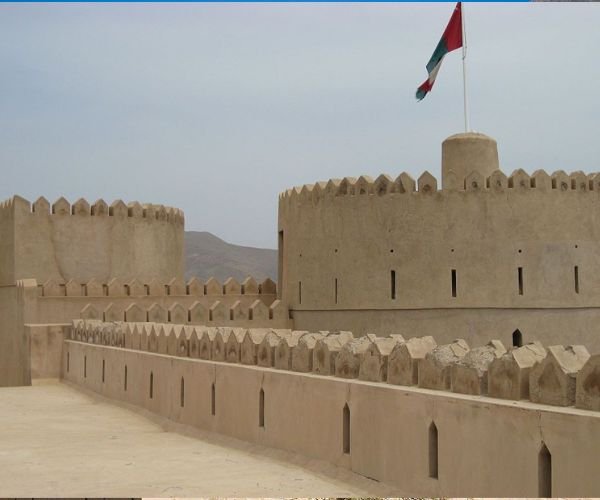 Rustaq Castle is considered the highest castle in the Sultanate and one of the best forts in Oman, located on the slopes of Al Hajar Mountains on the edge of the Al Batinah Plain. It is believed that the original construction of the castle was before Islam by four centuries, during the reign of Khosrow Anushirwan bin Qabaz. It was later rebuilt around 1250 CE.
The original form of the castle was a triangular tower about 13 meters high. The castle was rebuilt in its current form during the reign of the first Imams of the Al Ya’aruba dynasty from 1624 to 1649.
Between 1744 and 1936, additional towers and other expansions were built. Imam Ahmad bin Said Al Busaidi built new fortifications and towers. In 1936, additional defensive barriers were added by Imam Mohammed bin Abdullah Al Khalili.
The castle consists of two main floors and a ground floor, containing residential rooms, weapon stores, reception rooms, and dungeons. Additionally, it includes the Baiada Mosque and the tomb of Imam Saif bin Sultan, which may be underground. The castle underwent comprehensive restoration in 1986.
The castle has four main towers:
Rustaq Castle is considered the highest castle in the Sultanate and one of the best forts in Oman, located on the slopes of Al Hajar Mountains on the edge of the Al Batinah Plain. It is believed that the original construction of the castle was before Islam by four centuries, during the reign of Khosrow Anushirwan bin Qabaz. It was later rebuilt around 1250 CE.
The original form of the castle was a triangular tower about 13 meters high. The castle was rebuilt in its current form during the reign of the first Imams of the Al Ya’aruba dynasty from 1624 to 1649.
Between 1744 and 1936, additional towers and other expansions were built. Imam Ahmad bin Said Al Busaidi built new fortifications and towers. In 1936, additional defensive barriers were added by Imam Mohammed bin Abdullah Al Khalili.
The castle consists of two main floors and a ground floor, containing residential rooms, weapon stores, reception rooms, and dungeons. Additionally, it includes the Baiada Mosque and the tomb of Imam Saif bin Sultan, which may be underground. The castle underwent comprehensive restoration in 1986.
The castle has four main towers:
- The Red Tower, with a height of over 16 meters and a diameter of 9.5 meters.
- The Wind Tower, with a height of 18 meters and a diameter of 12 meters, surrounded by a hundred decorative triangles.
- The Devils’ Tower, with a height of 18.5 meters and a diameter of approximately 6 meters, surrounded by five decorative triangles.
- The Modern Tower, with a height of 11.5 meters, featuring gun ports and a central column holding wooden bridges.
Bilad Sur Fort
Bilad Sur Fort is a fortress located east of Sur Wilayat in Oman, surrounded by green areas of palm trees and orchards. The fort was built away from the sea for protection against attacks from the interior Gaz tribes.
The fort is part of a defensive network consisting mainly of five forts and towers. In the past, the fort served as the residence of the governor and a venue for celebrations during festivals and events. The fort consists of four main towers: the Moat Tower, Jalān Tower, Market Tower, and the fourth tower, which differs slightly as it comprises two floors. The first floor of this tower extends outward from the fort on all sides, and the fort wall rises about 6 meters. Various festivals and celebrations are held at Balad Sur Fort, including national celebrations and other cultural and social events.
